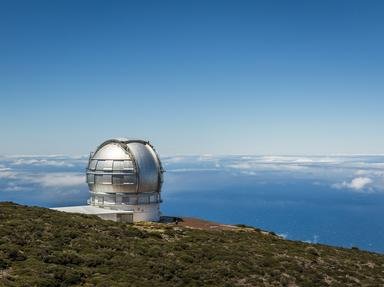Quiz Answer Key and Fun Facts
1. The Nobel Prize in 1993 was awarded for a joint discovery, made by Joseph H. Taylor Jr. and Russel A. Hulse. What was the discovery?
2. What radical theory did Copernicus propose in his book "On the Revolutions of the Heavenly Spheres"?
3. This influential American astronomer devised a classification system for galaxies. He also discovered the relationship between a galaxy's distance from Earth and its speed relative to it, thereby establishing that the universe is expanding. Who was he?
4. Who was an accomplished composer, as well as the discoverer of Uranus and two of its moons?
5. Which astronomer compiled a catalogue of nebulae, clusters and galaxies in the late 18th century?
6. J. L. E. Dreyer compiled a more comprehensive catalogue of deep sky objects beginning with the "NGC" and later expanded with two "IC" or "Index Catalogue" addendums. What does "NGC" stand for?
7. Who published "Uranometria" in 1603?
8. Who was the first American woman to work as an astronomer?
9. Victor Hess, the Austrian-American physicist, discovered what phenomenon?
10. In June 2011, what did astronomers discover by using the Oschin Telescope at Palomar Observatory?
Source: Author
Trufflesss
This quiz was reviewed by FunTrivia editor
Snowman before going online.
Any errors found in FunTrivia content are routinely corrected through our feedback system.

